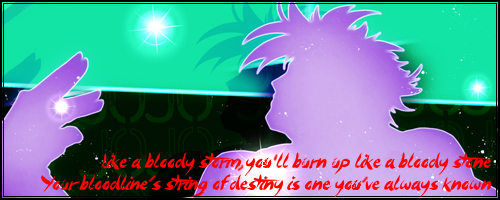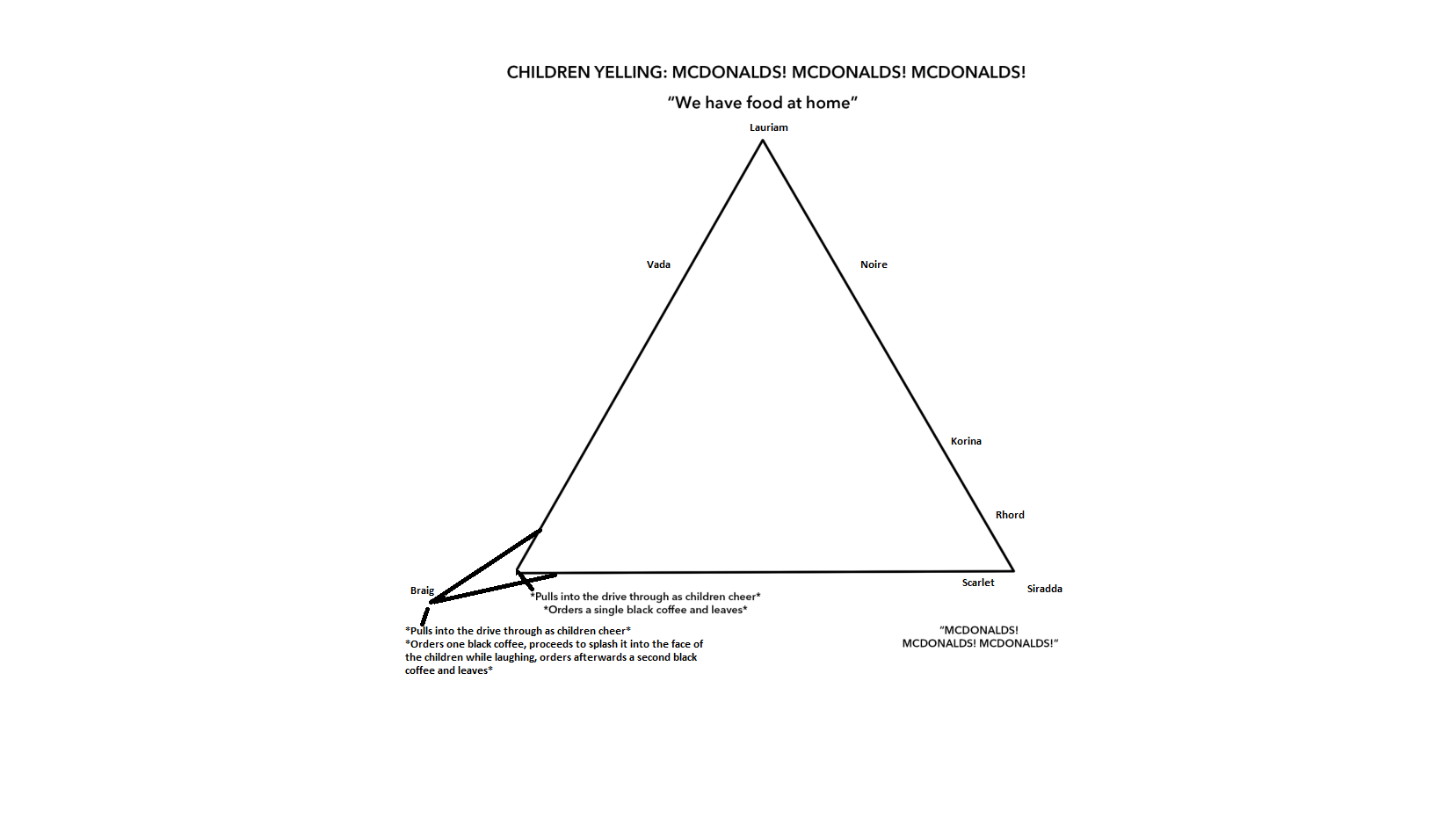Du bist nicht angemeldet.
Diese Seite verwendet Cookies. Durch die weitere Nutzung unserer Seite erklärst Du Dich damit einverstanden, dass wir Cookies setzen. Weitere Informationen
Lieber Besucher, herzlich willkommen bei: Mord in Palermo. Falls dies dein erster Besuch auf dieser Seite ist, lies bitte die Hilfe durch. Dort wird dir die Bedienung dieser Seite näher erläutert. Darüber hinaus solltest du dich registrieren, um alle Funktionen dieser Seite nutzen zu können. Benutze das Registrierungsformular, um dich zu registrieren oder informiere dich ausführlich über den Registrierungsvorgang. Falls du dich bereits zu einem früheren Zeitpunkt registriert hast, kannst du dich hier anmelden.

#rip Karleo
Eiskalt den Schwarm ausgespannt. Blöde Korina.xd

 Hoffe es is ok, dass ich Korina nich in den Post eingebracht hab, aber ich bin am verhungern und hab kein Elan nochmal was dazuzuschreiben ;3
Hoffe es is ok, dass ich Korina nich in den Post eingebracht hab, aber ich bin am verhungern und hab kein Elan nochmal was dazuzuschreiben ;3 Dieser Beitrag wurde bereits 1 mal editiert, zuletzt von »DancingMoon« (19. Oktober 2018, 19:20)
Zitat von »Wikipedia«
n the Dungeons & Dragons (D&D) fantasy role-playing game, alignment is a categorization of the ethical and moral perspective of player characters, non-player characters, and creatures.
Most versions of the game feature a system in which players make two choices for characters. One is the character's views on "law" vs "chaos", the other on "good" vs "evil". The two axes allow for nine alignments in combination.
Law vs. chaos
The law versus chaos axis in D&D predates good versus evil in the game rules.
Originally the law/chaos axis was defined as the distinction between "the belief that everything should follow an order, and that obeying rules is the natural way of life", as opposed to "the belief that life is random, and that chance and luck rule the world".[7] According to the early rulebook, lawful characters are driven to protect the interest of the group above the interest of the individual and would strive to be honest and to obey just and fair laws. Chaotic creatures and individuals embraced the individual above the group and viewed laws and honesty as unimportant. At that time, the rulebook specified that "chaotic behavior is usually the same as behavior that could be called 'evil'".[7] Neutral creatures and characters believe in the importance of both groups and individuals, and felt that law and chaos are both important. They believe in maintaining the balance between law and chaos and were often motivated by self-interest.
The third edition D&D rules define "law" and "chaos" as follows:
- Law implies honor, trustworthiness, obedience to authority, and reliability. On the downside, lawfulness can include closed-mindedness, reactionary adherence to tradition, judgmentalness, and a lack of adaptability. Those who consciously promote lawfulness say that only lawful behavior creates a society in which people can depend on each other and make the right decisions in full confidence that others will act as they should.
- Chaos implies freedom, adaptability, and flexibility. On the downside, chaos can include recklessness, resentment toward legitimate authority, arbitrary actions, and irresponsibility. Those who promote chaotic behavior say that only unfettered personal freedom allows people to express themselves fully and lets society benefit from the potential that its individuals have within them.
- Someone who is neutral with respect to law and chaos has a normal respect for authority and feels neither a compulsion to follow rules nor a compulsion to rebel. They are honest but can be tempted into lying or deceiving others if it suits him/her.
Good vs. evil
The conflict of good versus evil is a common motif in D&D and other fantasy fiction. Although player characters can adventure for personal gain rather than from altruistic motives, it is generally assumed that the player characters will be opposed to evil and will tend to fight evil creatures.
The third edition D&D rules define "good" and "evil" as follows:
- Good implies altruism, respect for life, and a concern for the dignity of sentient beings. Good characters make personal sacrifices to help others.
- Evil implies harming, oppressing, and killing others. Some evil creatures simply have no compassion for others and kill without qualms if doing so is convenient or if it can be set up. Others actively pursue evil, killing for sport or out of duty to some malevolent deity or master.
- People who are neutral with respect to good and evil have compunctions against killing the innocent but lack the commitment to make sacrifices to protect or help others. Neutral people are committed to others by personal relationships.
Within the game, Paladins, altruistic heroes, and creatures such as angels are considered good. Villains and violent criminals are considered evil, as are inherently evil creatures such as demons and most undead. Animals are considered neutral even when they attack innocents, because they act on natural instinct and lack the intelligence to make moral decisions in the fifth edition, this is expressed by labeling such beasts as "unaligned"
=============================================================================================
Lawful good
A lawful good character typically acts with compassion and always with honor and a sense of duty, though will often regret taking any action they fear would violate their code; even if they recognize such action as being good. Such characters include righteous knights, paladins, and most dwarves. Lawful good creatures include the noble golden dragons.
Neutral good
A neutral good character typically acts altruistically, without regard for or against lawful precepts such as rules or tradition. A neutral good character has no problems with cooperating with lawful officials, but does not feel beholden to them. In the event that doing the right thing requires the bending or breaking of rules, they do not suffer the same inner conflict that a lawful good character would.
Chaotic good
A chaotic good character does what is necessary to bring about change for the better, disdains bureaucratic organizations that get in the way of social improvement, and places a high value on personal freedom, not only for oneself, but for others as well.[9] Chaotic good characters usually intend to do the right thing, but their methods are generally disorganized and often out of sync with the rest of society.
Lawful neutral
A lawful neutral character typically believes strongly in lawful concepts such as honor, order, rules, and tradition, but often follows a personal code in addition to, or even in preference to, one set down by a benevolent authority.[9] Examples of lawful neutral characters include a soldier who always follows orders, a judge or enforcer who adheres mercilessly to the letter of the law, and a disciplined monk.
Neutral
A neutral character (also called "true neutral") is neutral on both axes and tends not to feel strongly towards any alignment, or actively seeks their balance.[9] Druids frequently follow this dedication to balance and, under Advanced Dungeons & Dragons rules, were required to be this alignment. In an example given in the 2nd Edition Player's Handbook, a typical druid might fight against a band of marauding gnolls, only to switch sides to save the gnolls' clan from being totally exterminated.
Most animals were originally considered true neutral, because they lack the capacity for moral judgment in general, guided by instinct rather than conscious decision. The 4th edition introduced an additional alignment called "unaligned" for creatures not sapient enough to make decisions based on alignment, even that of neutrality; this alignment is also used in the 5th edition.
Chaotic neutral
A chaotic neutral character is an individualist who follows their own heart and generally shirks rules and traditions. Although chaotic neutral characters promote the ideals of freedom, it is their own freedom that comes first; good and evil come second to their need to be free.
Lawful evil
A lawful evil character sees a well-ordered system as being easier to exploit and shows a combination of desirable and undesirable traits. Examples of this alignment include tyrants, devils, corrupt officials, and undiscriminating mercenary types who have a strict code of conduct.
Neutral evil
A neutral evil character is typically selfish and has no qualms about turning on allies-of-the-moment, and usually makes allies primarily to further their own goals.[9] A neutral evil character has no compunctions about harming others to get what they want, but neither will they go out of their way to cause carnage or mayhem when they see no direct benefit for themselves. Another valid interpretation of neutral evil holds up evil as an ideal, doing evil for evil's sake and trying to spread its influence. Examples of the first type are an assassin who has little regard for formal laws but does not needlessly kill, a henchman who plots behind their superior's back, or a mercenary who readily switches sides if made a better offer. An example of the second type would be a masked killer who strikes only for the sake of causing fear and distrust in the community.
Chaotic evil
A chaotic evil character tends to have no respect for rules, other people's lives, or anything but their own desires, which are typically selfish and cruel. They set a high value on personal freedom, but do not have much regard for the lives or freedom of other people. Chaotic evil characters do not work well in groups because they resent being given orders and do not usually behave themselves unless there is no alternative. Examples of this alignment include higher forms of undead, such as liches, and violent killers who strike for pleasure rather than profit

Dieser Beitrag wurde bereits 2 mal editiert, zuletzt von »Soren« (16. November 2019, 21:19) aus folgendem Grund: Ummodelierung des Posts für die D&D Einschätzung aller Charaktere, voher: Scarlets Geschichte Part 1 - siehe Charakterbogen.


Dieser Beitrag wurde bereits 1 mal editiert, zuletzt von »Night Zap« (16. November 2019, 22:52)


Dieser Beitrag wurde bereits 1 mal editiert, zuletzt von »Soren« (16. November 2019, 21:44)





